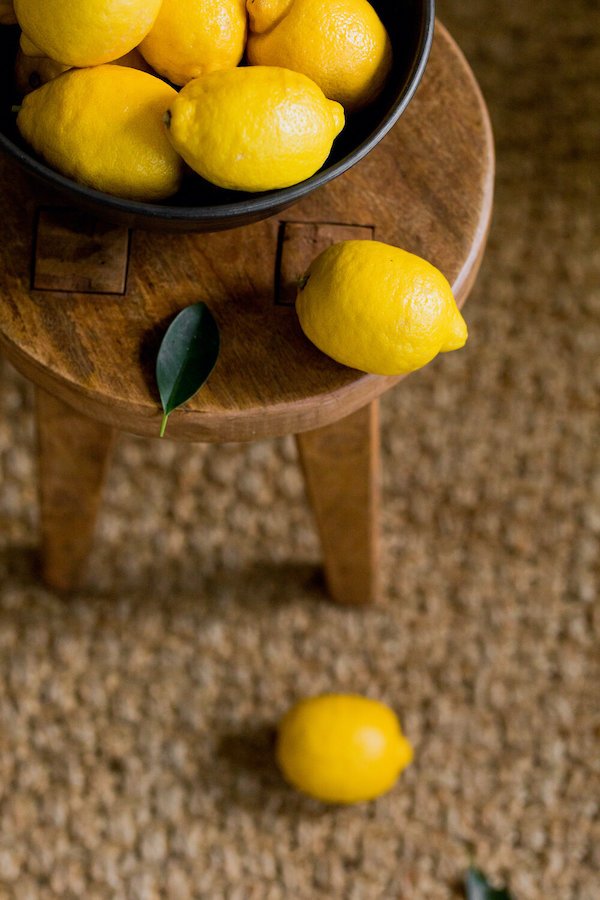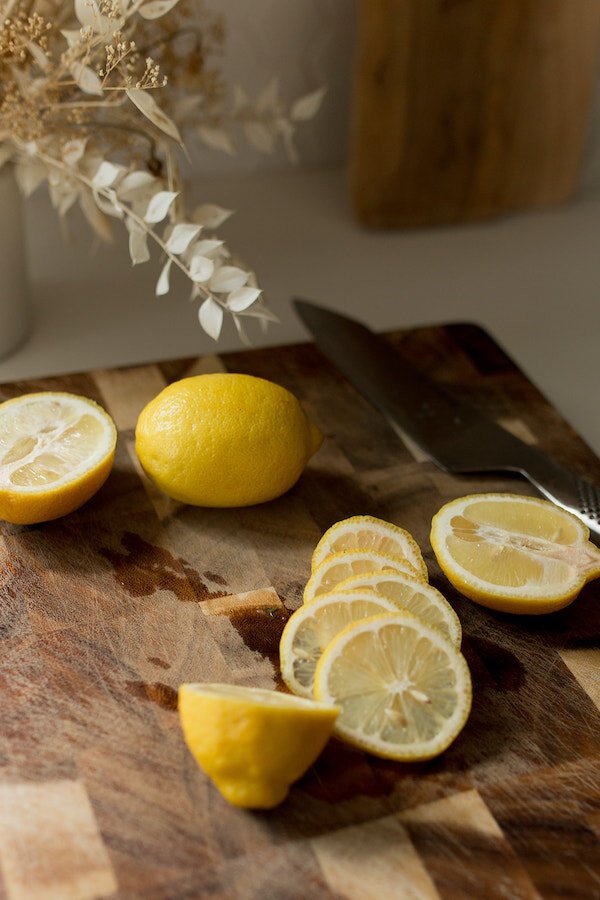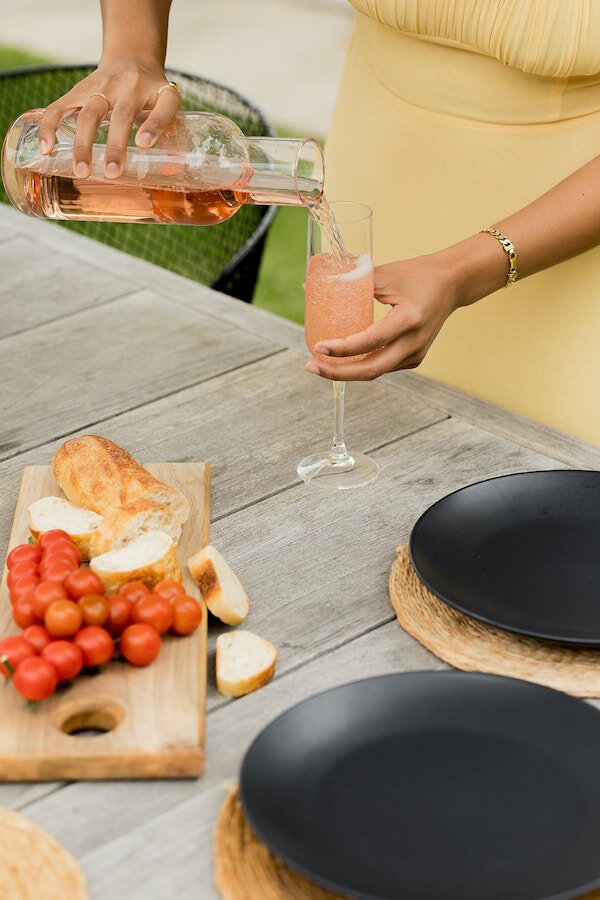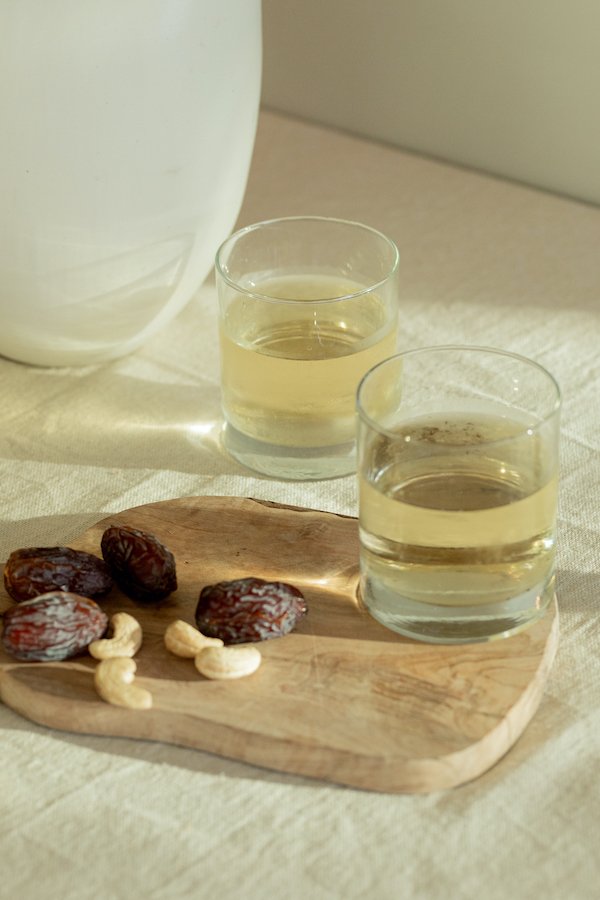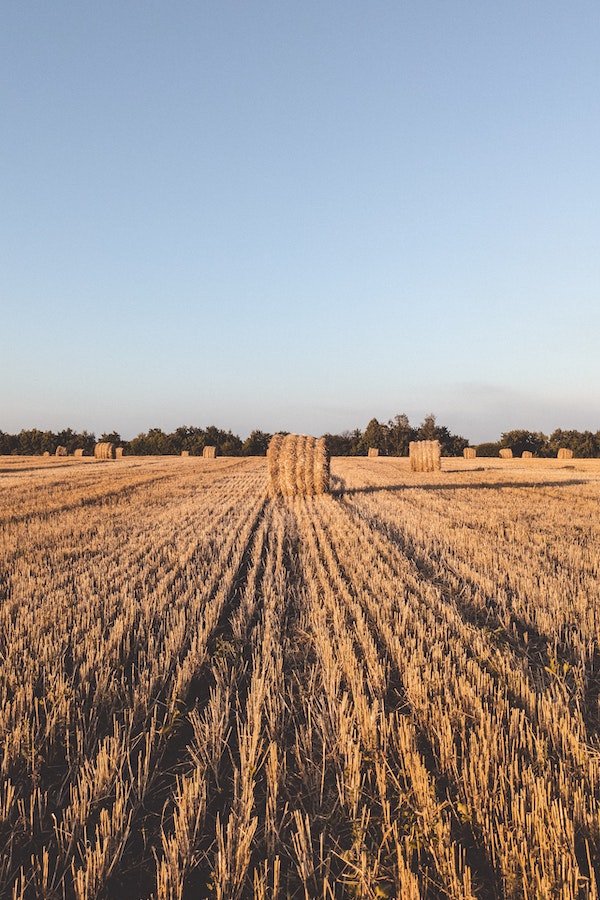
The What, Why, And How Of CSA Boxes
The Farming Equivalent of Shopping Small
I so wish that I could wax poetic about early childhood farm involvement, because I did grow up with horses, but in a totally not-farm-like way. Instead, my first foray into community-supported agriculture was not through personal experience, but through Instagram. A stylist I admire shared an image of a beautiful, bountiful produce box she said she’d picked up from a local, Portland-based farm. It was stunning, full to the brim with dark leafy greens and root vegetables. I was hooked and immediately researched how to get my own.
Perhaps you’ve heard the term CSA before, or perhaps you’re reading this thinking, “WTF is CSA?” Maybe your local farmers market is taking a break during COVID-19, or you’re just looking for ways to connect with your community in a time when connection feels scarce. Enter: CSA, which stands for community-supported agriculture.
I’ll admit that my dedication to my local CSA waxes and wanes. I’ve found myself leaving the commitment to my neighborhood farm behind, only to return to it again. Recently, my interest has been piqued once more. Now, with a better understanding (and a weekly vegetable box pick-up), I’ll pass the baton, err, carrot, off to educate others and encourage involvement.
What is CSA?
“‘The growers and consumers provid[e] mutual support and shar[e] the risks and benefits of food production.’”
CSA stands for community-supported agriculture, which the USDA defines as “a community of individuals who pledge support to a farm operation so that the farmland becomes […] the community’s farm, with the growers and consumers providing mutual support and sharing the risks and benefits of food production.”
The idea of community-supported agriculture, originally known as clientele membership clubs, was introduced as early as the 1960s by Booker T. Whatley, a Black horticulturist from Alabama. However, its introduction to the US market is most often credited to European and Japanese influence in the 1980s. (No surprise there.)
Though traditional CSA models are still relevant and widely used, in recent years, we’ve seen many small farms develop their own definition of CSA, including market-style “pick and mix,” incorporating other goods (bread, eggs, meat), and partnerships with surrounding local farms. And currently, customers will often find that they can reap the benefits of a CSA membership—in which they receive farm-fresh, organic, and healthy produce—without the upfront fee because as farms adapt to keep up with the times, most only ask for monthly dues.
Why support CSA?
As you’d guess from the title, CSA boxes support community. If you’re anything like me, catching the passing eye of the mailman is enough to make your heart skip a beat, so community is clearly vital in these times!
Jokes aside, community-supported agriculture creates a symbiotic relationship between the customer and the producer. CSAs guarantee that the farmer has enough financial backing to meet harvest demands, while the customer receives fresh produce directly from the source.
“CSAs guarantee that the farmer has enough financial backing to meet harvest demands, while the customer receives fresh produce directly from the source.”
CSAs benefit farmers by providing them with a sustainable financial model, especially in instances where community members do pay their CSA fees upfront. This traditional model maintains that the community members are shareholders in the farm and creates a long-term relationship between farmer and customer. It’s also the most sustainable way to purchase produce as everything received in a CSA box is guaranteed to have been grown locally.
Think of a CSA as the farmers market, but better. There are no lines or crowds, and the produce comes directly to you. Supporting community farms is imperative to keep them as just that: in the community. It’s vital for our local economy, sustainable for all involved, and requires less thought than a trip to the grocery store—it’s all decided for you. The fun part is deciding what you do with all that you receive.
“CSAs are the farming equivalent of shopping small.”
It’s of no surprise that CSAs and local farms have been on quite the rollercoaster in recent years, with many adapting their models to accommodate less strict buy-ins, SNAP benefits, and more to stay afloat. So instead of supporting, say, Jeff Bezos at Whole Foods, look into your local CSA—it’s the farming equivalent of shopping small.
How do I get involved?
With a further understanding of what the CSA model entails, it’s time to get involved. Building a relationship with a local farm is so rewarding, as is eating food when you know its origin story.
According to data collected by the USDA in 2015, there are 7,398 farms in the US selling products directly to consumers through a community-supported agriculture arrangement. To find your local CSA, we recommend starting your search here:
What you can expect as a first-time CSA subscriber varies by farm and what’s available to you locally, but here’s a rough guide to how it works:
Locate your local CSA via sources above or through a web search.
From the CSA’s information page, determine the number of shares available, your payment and pick-up/delivery schedule, and what each box includes.
Visit their website or contact the farm via phone or email to check availability and subscribe.
Determine your pick-up/delivery location and enjoy!
What can I expect in a CSA box?
You’ll find a wide range of in-season products in your CSA box. Boxes will vary by location and farm, so if you’re looking for variety, aim to select a farm that partners with other nearby farms or includes customization options. But, in my opinion, the best part about CSA is sorting through the box thinking, “what is THAT?!” and then researching relentlessly. It’s always a mystery, but that’s half the fun.
“The best part about CSA is sorting through the box thinking, ‘what is THAT?!’ and then researching relentlessly.”
Some farms will sell add-ons to their boxes of what they have in stock, so you can check there too if you’re having a hard time figuring out what various leafy green you’ve received. If you have any questions, it’s best to ask your farmer. Remember the whole farmer-customer relationship thing? This is where it comes in handy.
If you’re looking for ways to store all your fresh produce, we have some tips. And if your foods are turning faster than you can eat them, why not freeze and then use them for natural dye?
Alyssa Julian is the Social Media + Community Lead at The Good Trade. She enjoys a weekly flower arrangement, film photography, ditching the city for the weekend, and a good cappuccino. Say hi on Instagram!
